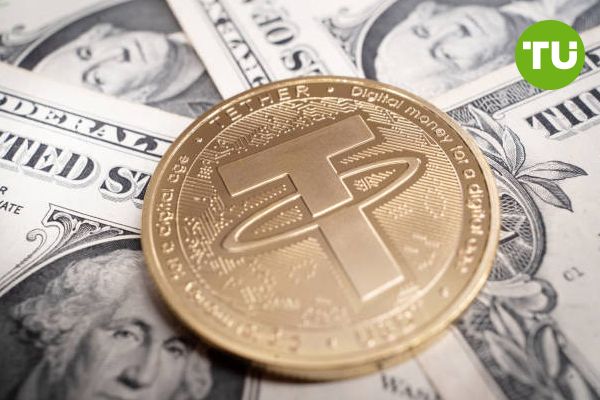U.S. loses leadership in stablecoin adoption
 U.S. loses leadership in stablecoin adoption
U.S. loses leadership in stablecoin adoption
The U.S. is lagging behind in the adoption of stablecoins, even as global demand for these digital assets grows. Experts have noted a significant shift in the number of stablecoin transactions in the United States.
According to a recent report by blockchain analytics firm Chainalysis, other countries are making rapid progress in integrating stablecoins into their financial systems, while regulatory uncertainty in the U.S. is holding back domestic growth in the sector.
Stablecoins, which are digital currencies pegged to the value of fiat currencies like the U.S. dollar, have become a popular tool for cross-border payments and remittances due to their low fees and near-instant transaction speeds.
They are also increasingly used in decentralized finance (DeFi) protocols and as a hedge against inflation in volatile economies. However, the U.S., despite being home to many of the world’s leading stablecoin issuers, is falling behind in adoption compared to regions such as Latin America and Asia.
The US has seen a significant shift in stablecoin activity, with the share of stablecoin transactions on exchanges falling from around 50% in 2023 to less than 40% in 2024. At the same time, there is record bitcoin activity in the US in 2024, following the launch of BTC exchange-traded funds (ETFs).
The Chainalysis report underscores that emerging markets, particularly in Latin America, have embraced stablecoins to facilitate cross-border trade and remittances, which are often hindered by slow and expensive traditional banking infrastructure. In countries facing high inflation and currency instability, stablecoins have provided residents with a more reliable store of value and payment method.
In contrast, the U.S. regulatory environment for stablecoins remains unclear, which is slowing adoption. Despite being one of the largest markets for crypto assets, the United States has yet to implement comprehensive legislation governing stablecoin issuance and use. The lack of regulatory clarity has also caused hesitation among financial institutions, leaving the U.S. at a competitive disadvantage as other countries move forward with clearer frameworks.
The report warns that if the U.S. fails to adopt stablecoin-friendly regulations, it risks losing its position as a global leader in digital financial innovation. "The countries that are embracing stablecoins today are setting the stage for the future of finance," the Chainalysis report noted, calling for decisive policy action.
Looking ahead, stablecoin adoption is expected to play a crucial role in the evolution of the financial sector, particularly in decentralized finance and cross-border payments. To regain momentum, the U.S. would need to develop a regulatory framework that balances innovation with oversight, ensuring that stablecoin technology can thrive without compromising financial stability. Market participants will be watching closely to see if the U.S. takes steps to implement new policies in the coming months.
As other countries continue to lead in stablecoin adoption, the pressure on U.S. regulators to act is mounting. The outcome will not only impact the growth of stablecoins but also shape the global landscape of digital finance for years to come.
Read also: Robinhood announces the addition of options on the Cboe index













































































































































